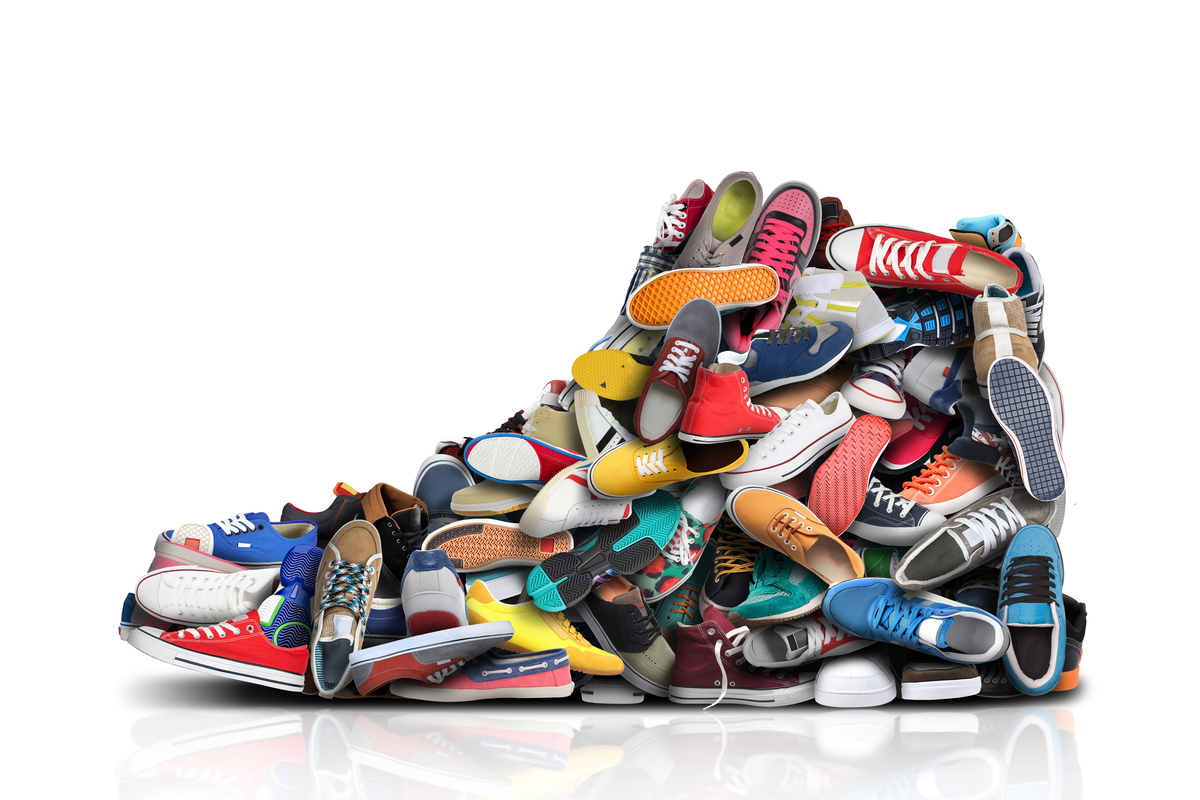If you have any presence on social media, you’ve likely come across a post about NFTs. The blockchain trend was all the rage in 2021, from Twitter founder Jack Dorsey’s first tweet selling for $2.9 million to a Beeple NFT being auctioned off for a record-setting $69 million. Although tokens date back to 2014, when Kevin McCoy and Anil Dash created Quantum, NFTs have experienced rapid mainstream growth in a short period. In 2020, traders and collectors spent $100 million on NFTs. That figure climbed to $22 billion in 2021. NFTs are here to stay, although some people still don’t fully understand what they are. So before we turn the page on 2021, let’s look at why NFTs is this year’s biggest story for creatives.
NFTs Open A New Marketplace for All Creatives & Industries
NFTs can open up entirely new markets for creators regarding fan connection, ownership, and earning potential. The Covid-19 pandemic forced businesses and entrepreneurs in the creative arts to embrace digital arenas in ways they hadn’t before. For example, the art world pivoted to virtual exhibitions in 2020 as museums shut down. NFTs were a natural next progression. Auction houses like Christie’s legitimizing NFTs provide a new avenue for established and new artists. Emerging artists can mint their own NFTs and take them to the marketplace, bypassing the need for agents and art dealers.
Emerging artists can mint their own NFTs and take them to the marketplace, bypassing the need for agents and art dealers.
In the music industry, independent musicians see NFTs as a way to make money from their music outside of the confines and skewed revenue of streaming. Some artists, like Daniel Allen, have started selling digital copies of his music as NFTs, and they are selling for thousands of dollars. Other artists are taking note. Catalog, a new online NFT platform dedicated to music, has facilitated sales of 140 artists and $1,552,792 to date.
Biggest NFT Sales in 2021
NFTs sold for exorbitant prices throughout the year. However, these five tokens were the single most significant sales of the year:
- $69.3 million, March 2021, Christie’s. Everydays—The First 5000 Days by Beeple.
- $28.9 million, November 2021, Christie’s. Human One by Beeple.
- $11.75 million for February 2021, Sotheby’s. Cryptopunk #7523 by Larva Labs.
- $7.67 million for March 2021, OpenSea. Cryptopunk #3100 by Larva Labs.
- $7.57 million for March 2021, Unknown. Cryptopunk #7804 by Larva Labs.
| What Are NFTs? | NFT stands for Non-Fungible Tokens. An NFT is minted from digital objects to represent digital assets like art, photos, GIFs, videos, audio, or physical assets such as real estate. The tokens prove ownership of these assets through a blockchain or another digital ledger. They’ve surged in popularity as an easier way for artists and collectors to exchange works of art and other memorabilia. |
| Can Anything Be An NFT? | NFTs can be made from nearly anything unique that holds some value and is stored digitally. So they’re not different from any collector’s item, like a vintage Baseball card or a painting by a world-renowned artist. But instead of buying the physical object, you’re purchasing a file and proof that you own the original copy. |
| Are NFTs Cryptocurrency? | No. The primary difference between NFTs and cryptocurrency is fungibility. NFTs are non-fungible. In other words, they are unique and can not be replaced with something different. On the other hand, cryptocurrencies like bitcoin and dogecoin are fungible and can be exchanged without loss of value. Therefore, you can purchase an NFT using cryptocurrency. |
| How Do They Work? | NFTs are bought and sold via online platforms like OpenSea or Nifty Gateway. A user establishes a digital wallet on peer-to-peer marketplaces for crypto goods such as collectibles, in-game items, and other digital goods supported by a blockchain. Items are purchased by buyers outright, or they are auctioned off. |
The Move Towards The Metaverse
A metaverse is a virtual and augmented reality that enables users to interact with computer-generated environments, creating a digital world. In theory, metaverses can provide an open and fair economy backed by blockchain and cryptocurrency. For example, in gaming, the play-to-earn gaming economy can empower players of blockchain games through tokens.
In the future, businesses can also take advantage of the metaverse fueled by the growth of NFTs. Adidas Originals recently rolled out their own Into The Metaverse, which features an NFT release in collaboration with PUNKS Comic and Bored Ape Yacht Club. Holders also will have exclusive access to four physical purchases over the next year at no additional cost. It’s just a scratch at how these tokens can impact fashion and streetwear as the meta world becomes more real.
The Future of NFTs
There’s a great opportunity for female artists in NFTs, although female artists haven’t found as much financial success as their male counterparts. According to a report by ArtTact, sales by women artists were only 16% over the last 21 months on Nifty Gateway. Those numbers get even rougher when you step outside of North America. South America and Asia claim 2.4% respectively, and just 1.2 percent of the platform’s artists are from Africa. However, as more women continue to get educated about NFTs, there’s been a demand to learn how to navigate the new market, creating an uptick of close-knit communities to empower women.
As more women continue to get educated about NFTs, there’s been a demand to learn how to navigate the new market, creating an uptick of close-knit communities to empower women.
Like cryptocurrencies and other blockchain technologies, the tokens raised concerns about their effects on climate change. For example, to verify NFTs to after-sale, an intricate network of computers using advanced cryptography examines whether transactions are valid. So when a creator releases a limited line of NFTs, his carbon emissions go through the roof. The ensuing debate has led many to wonder about the long-term viability. If NFTs can become a stable, multi-billion market that provides autonomy for artists, is it worth the unseen costs?
For more information on cryptocurrencies, gaming, emerging technologies careers in the industry, check out Yellowbrick’s Ultimate eSports and Gaming Career Guide.




